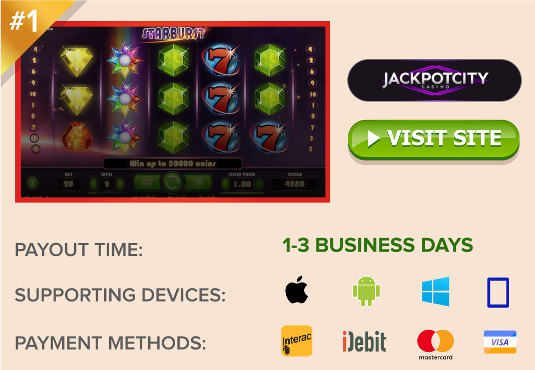Typical Rule Variations for Hearts Card Game
Common Hearts rule variations in Canada and beyond.
 Being such an old, mass-marketed game, you might assume there’s just one way to play Hearts. However, since all you need to play is a deck of cards and a few willing players, there are many common variations to the rules.
Being such an old, mass-marketed game, you might assume there’s just one way to play Hearts. However, since all you need to play is a deck of cards and a few willing players, there are many common variations to the rules.
Some rule changes came about because players simply forgot the traditional format. Some were created out of necessity, making room for more or less players. Others were elective, making the game more interesting or a bit more like other popular games of the time.
Common Hearts Rule Variations
The following is a list of typical rule variations for Hearts played in Canada and other parts of the world. For the traditional rules of the game, please see our previous section:
Hearts With a Kitty
A lot of popular card games are played with a kitty, thus it makes sense that some groups would enjoy utilizing a kitty in Hearts. To do so, simply deal 12 cards to each player instead of 13, with the final four going to the kitty. Or, if playing with 3 or 5 players, a kitty can offset the resulting uneven deal of cards.
If no player has the 2♣ to lead (it’s in the Kitty), the next lowest club should be led.
Being a negative-point game, players do not want to receive the kitty. The player who takes the first trick with a penalty card in it will become the owner of the kitty. Any penalty points therein will be added to the player’s score.
Alternate Passing Cycles
Normally, cards are passed, hand by hand, as follows:
Standard: Player to the left; Player to the right; Player across the table.
Alternately, you can use a Scatter or Mix cycling of the cards.
Scatter: Pass one card to each player.
Mix: Mix all cards in the center (a la dominoes) and deal them out, 3 to each.
Hearts with Partners
The typical way to play Hearts with partners (4 players) is to have partners combine their tricks and scores. If a team collectively captures all hearts and the Queen of spades they can give the other team 26 points, or subtract 26 from their own score.
Another partnership option is to keep everything separate throughout the game. Tricks and scores are maintained individually. Then, once the first player reaches 100 points, partners scores are added together. The team with the lowest collective score wins. In this version, it is possible for the player to reach 100 first to win the game (thanks to their low-scoring partner).
3 Player Hearts
Deal 17 cards to each player. The last card goes to the Kitty (see Hearts with a Kitty above), or remove the 2♦ and deal all cards (no kitty). When passing cards, go to the left player, then right, and repeat. Or, go left, right, then hold (pass no cards) on the third hand in the cycle. Otherwise, the game and scoring remains the same.
5 Player Hearts
To play Hearts with 5 players, the dealer will pass out 10 cards each. The two extra cards can go into a Kitty (see Hearts with a Kitty above), or remove the 2♦ and 2♣ prior to the deal to even it out (in this case player with 3♣ leads it to first trick).
There are various ways to pass cards here. It’s usually house player’s choice. The most common choices are to pass left, then right, and repeat, or to use the Scatter or Mix methods described above.
Even More Ways to Play Hearts!
If the common Hearts variations described above aren’t enough for you, check out our follow-up guide, where we talk about even more (less common) ways to play Hearts.
 Jackpotcity.com is our editorial pick for your gaming needs. Currently offering an entire suite of casino games, as well as a wide range of Canadian deposit options, JackPotCity truly offers world-class gaming.
Jackpotcity.com is our editorial pick for your gaming needs. Currently offering an entire suite of casino games, as well as a wide range of Canadian deposit options, JackPotCity truly offers world-class gaming.





